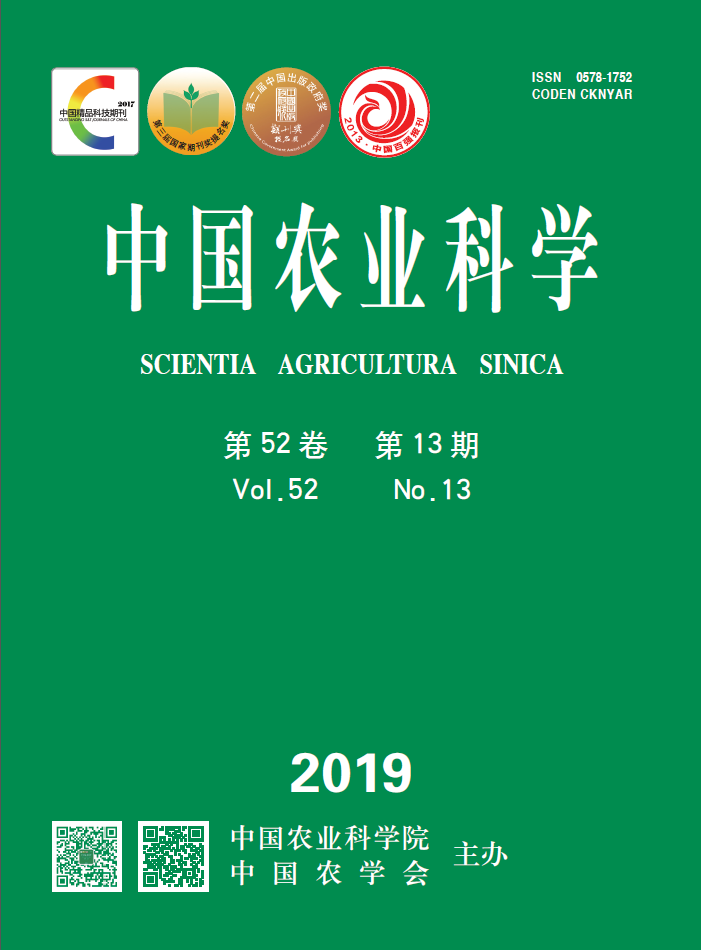【Objective】 Phosphorus-solubilizing bacteria (PSB) and arbuscular mycorrhizal fungi (AMF) play an important role in promoting nutrient uptake and increasing yield of crop. In order to explore the effects of PSB and AMF on growth and root biomass of alfalfa and to clarify the interaction between PSB and AMF, the mechanism of their effects on alfalfa growth were studied, so as to provide theoretical basis for alfalfa artificial cultivation and the development of high-efficiency compound microbial fertilizer. 【Method】 Single factor randomized block design was used in the experiment, and four kinds of bacteria were selected, including Bacillus megaterium (Bm) and Bacillus subtilis (Bs) with high phosphorus-solubilizing ability, and Funneliformis mosseae (Fm) and Glomus etunicatum (Ge), which could coexist with alfalfa roots, and the two types of bacteria were double inoculated with BmBs, BmFm, BmGe, BsFm, BsGe, FmGe, and adding inactivated bacteria as a control (CK), respectively. A total of 11 treatments.. After inoculation of the bacteria, the hay yield, plant height, stem diameter, crude protein concentration, neutral detergent fiber, acid detergent fiber, phosphorus concentration, taproot length, root biomass of alfalfa were determined, and pH value, total phosphorus, available phosphorus concentration of soil were also analyzed. Then, the effects of single and double inoculation on alfalfa were evaluated by membership function analysis. 【Result】 The above-ground biomass, plant height, stem diameter, crude protein concentration, phosphorus concentration, taproot length, under-ground biomass, soil available phosphorus under inoculated bacteria treatments were significantly higher than that under CK (P<0.05), while neutral detergent fiber and acid detergent fiber of alfalfa, pH value and total phosphorus concentration under soil inoculated bacteria treatments were significantly lower than that under CK (P<0.05). Comparisons between inoculated bacteria and CK, above-ground biomass, plant height and stem diameter of alfalfa increased by 18.57%-24.49%, 8.59%-21.33% and 3.86%-9.54% under PSB in Bm and Bs treatments, respectively, and increased by 9.15%-27.35%, 2.51%-18.60 and 4.59%-8.58% under AMF in Fm and Ge treatments, respectively; BmBs, BmFm, BmGe, BsFm, BsGe, and FmGe treatments increased them by 7.66%-41.62%, 7.44%-34.56% and 5.58%-26.61%, respectively. The taproot length of alfalfa in single inoculated Fm and Ge treatments were significantly longer than those treated with Bm and Bs (P<0.05), but the differences between Fm and Ge, Bm and Bs treatments were not significant (P>0.05); Under the mixed inoculation treatments, the FmGe was the largest and significantly larger than that under other inoculation treatments in the taproot length of alfalfa (P<0.05); BmBs treatments was the weakest. The correlation analysis showed that there was no significant negative correlation between acid detergent fiber concentration and stem diameter (P>0.05); The under-ground biomass had no significant positive correlation with alfalfa phosphorus (P>0.05), and no significant negative correlation with soil total phosphorus (P>0.05). The comprehensive assessment various indicator of alfalfa by a membership function analysis showed that BmFm>BmGe>FmGe, which were the top three treatments for alfalfa production performance. 【Conclusion】 The effect of simultaneous inoculation of PSB and AMF on alfalfa plant growth and phosphorus nutrition was better than that of single inoculation of PSB or AMF, and the effect was related to the types of PSB and AMF. Considering the growth status, plant phosphorus nutrition and underground biomass of alfalfa, the effect of simultaneous inoculation of phosphorus-solubilizing bacteria was Bacillus megaterium (Bm) and arbuscular mycorrhizal fungus was Funneliformis mosseae (Fm) on alfalfa growth and phosphorus nutrition were well improved, and the next was BmGe treatments.









